A beautifully edged garden instantly enhances curb appeal, defines spaces, and prevents grass or soil from spreading into unwanted areas.
But if you’re working on a budget, achieving a polished, stylish garden border doesn’t have to cost a fortune. With some creativity, DIY skills, and the right materials, you can craft cheap garden edging that looks premium while keeping costs low.

Photo by Vas Karpetas
Before Choosing Your Edging
Before diving into DIY ideas, here are a few key points to consider when planning your garden edging:
1. Define Your Purpose
Different types of garden edging serve different needs. Do you want to:
- Create a vegetable border to separate raised beds?
- Edge flower beds for a clean and aesthetic look?
- Improve curb appeal with stylish, defined edges?
- Prevent gravel or mulch from spilling onto your gravel path?
- Install edging on a slope to prevent soil erosion?
Knowing your goal will help determine the best materials and methods.
2. Choose the Right Material
Budget-friendly edging comes in many forms. Consider these affordable yet effective materials:
- Cheap wood (Pallets, Logs, Reclaimed Lumber) – Ideal for rustic garden borders.
- River rocks & Cobblestone – A natural look with minimal cost.
- Cinder blocks, Bricks, or Concrete – Durable and structured for raised beds.
- Bamboo – Eco-friendly and works well for cottage or coastal garden styles.
- Steel or Cement – Sleek, modern options for a minimalist landscape.
3. Consider Installation Ease
Some materials require more effort to install than others. If you want a quick, effortless method, opt for no-dig garden edging options like pre-made stone borders or rolled bamboo fences.
4. Match the Edging to Your Garden Style
Whether you have a cottage, coastal, or contemporary garden, choose materials and designs that complement the theme. A curved edge may work best for organic garden layouts, while straight concrete or steel edges create a modern touch.
5. Think About Maintenance
While wood looks great, it may need treatment over time to withstand moisture. On the other hand, brick, cement, and cinder blocks offer long-term durability with minimal effort.
DIY Garden Edging Inspirations
Now that you have an idea of what works best for your garden, here are some DIY garden edging inspirations to bring your vision to life:
1. Reclaimed Wood Edging
Give your garden beds a charming, rustic touch with reclaimed wood-like pallets or old planks. This budget-friendly option is perfect for cottage-style landscapes and raised flower beds. Got leftover wood from your last DIY project? Put it to good use with this simple garden upgrade!
For inspiration, here’s a stunning wood edging from Tim Pilgrim.

And if you’re looking for a combination of wood and other materials, check out this lake-edge garden that combines both wood and stone for a natural, timeless look.
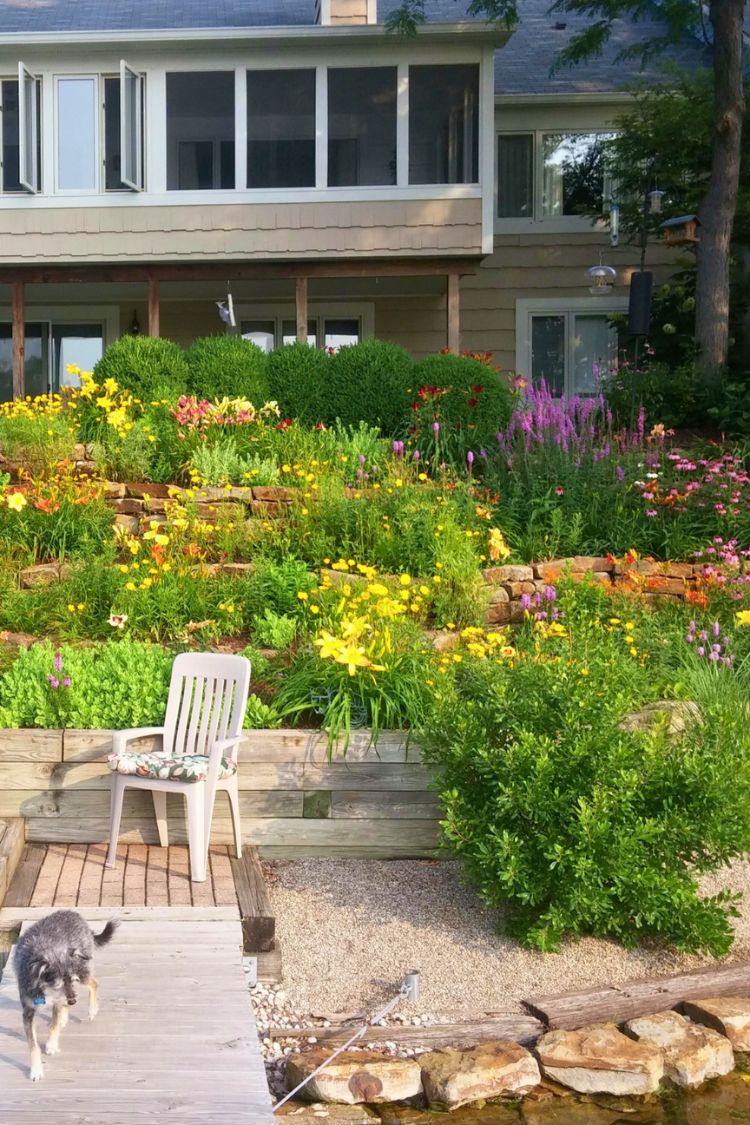
2. River Rock or Cobblestone Border (Ideal for curved paths)
If you want a timeless, natural look, try using river rocks or old cobblestones to edge your garden. You can collect smooth stones from a local riverbed.
And I love how this type seamlessly blends into the landscape, making flower beds, pathways, and tree bases look effortlessly polished. And it’s super low-maintenance—once it’s in place, you’re pretty much set!
This inpo shows you how it looks when put together; as I said, it will just blend in with the surroundings.
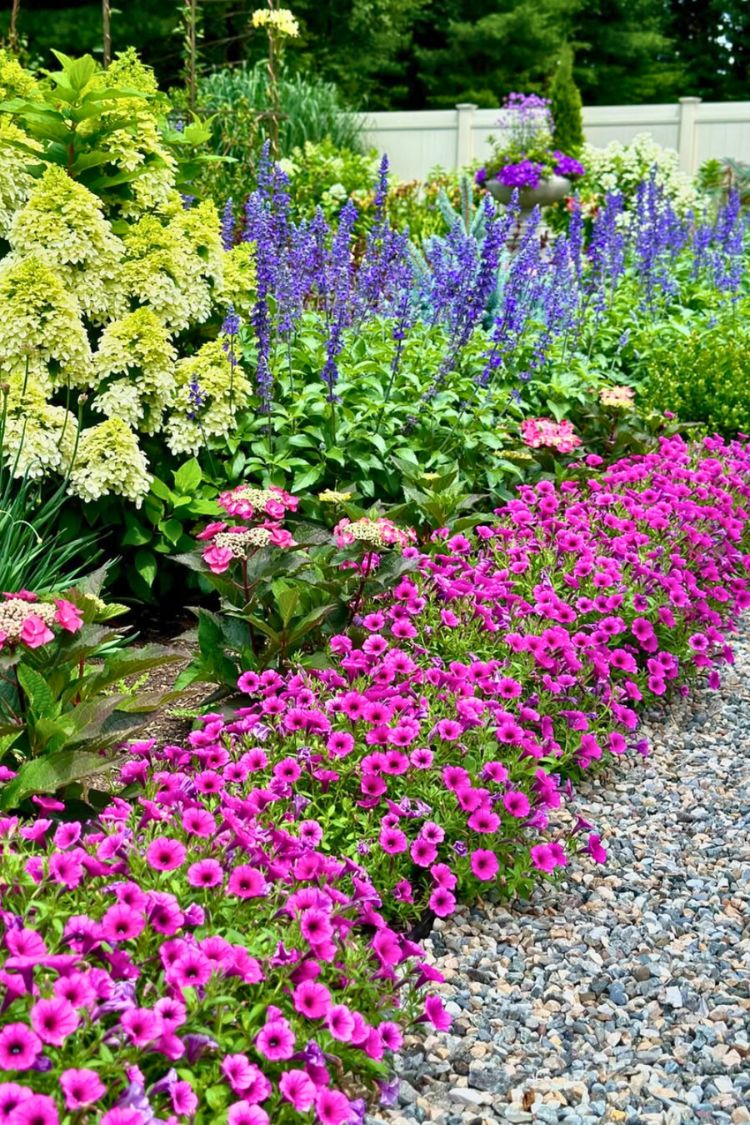
3. Brick Edging
For a clean and classic look, try lining your garden beds with bricks. Just dig a shallow trench and place them in it, super easy and budget-friendly!
I’ve seen this work beautifully along sidewalks, fences, and even around pools. It gives your yard a neat finish like this one from GardenGal without costing a fortune.
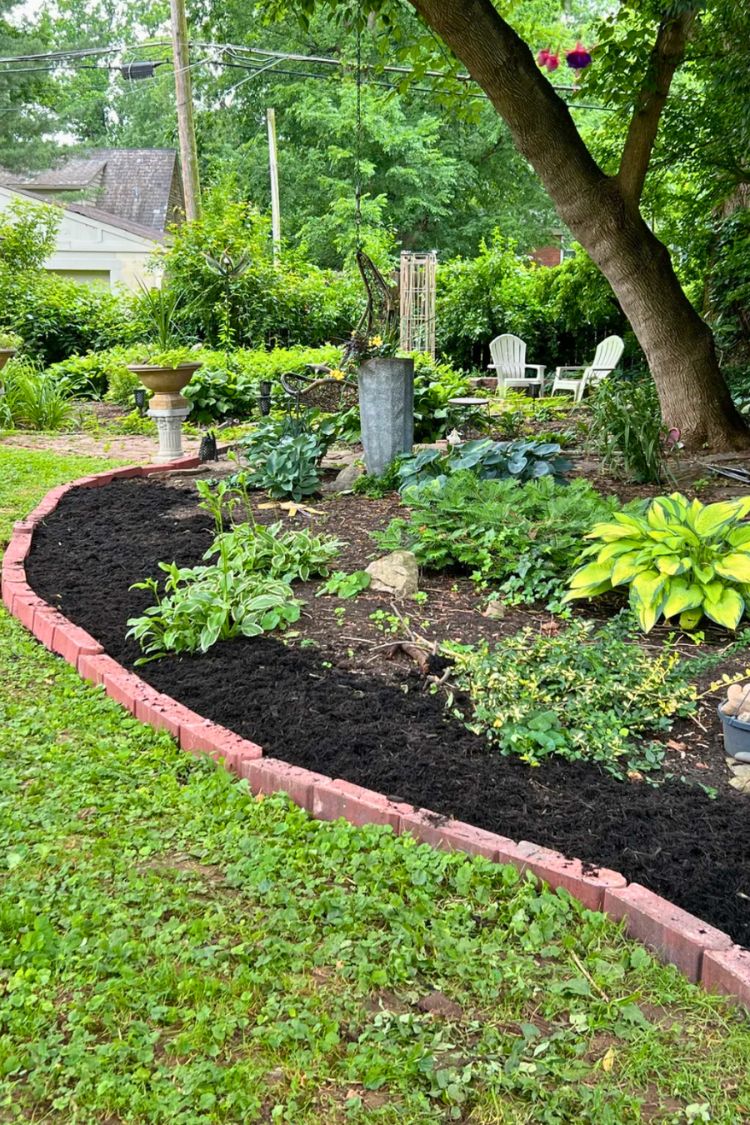
4. Brick Edging (Different Layout)
Bricks are super durable, so once you set them, they’ll last for years! You can see this brick edge from Biborno as they weathered down.
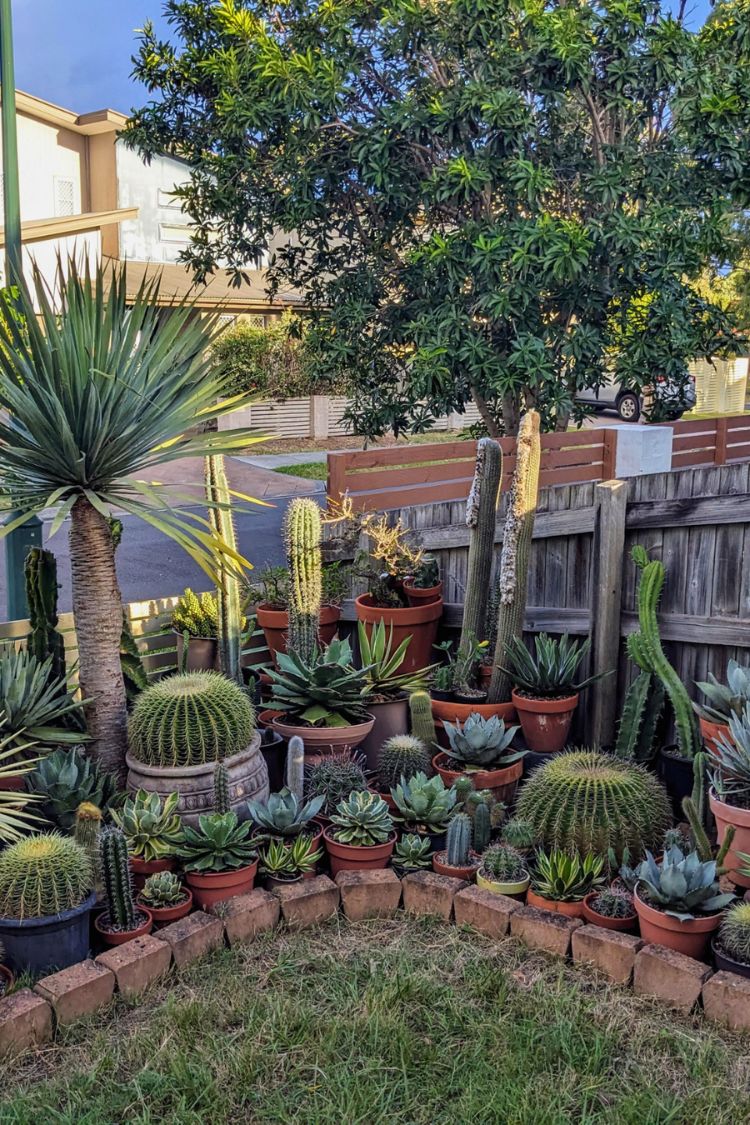
5. Cinder Blocks
If you’re into a modern look, cinder blocks (or concrete blocks) make a great garden border, and they’re sturdy! Just line them up along a gravel path, and you’ve got the edge that’s both stylish and practical.
If you want to make it even more functional, try to plant flowers, herbs, or even succulents in the hollow centers for a cool, built-in planter effect.
But even if you keep it simple, like in this example, it still turns out beautifully.
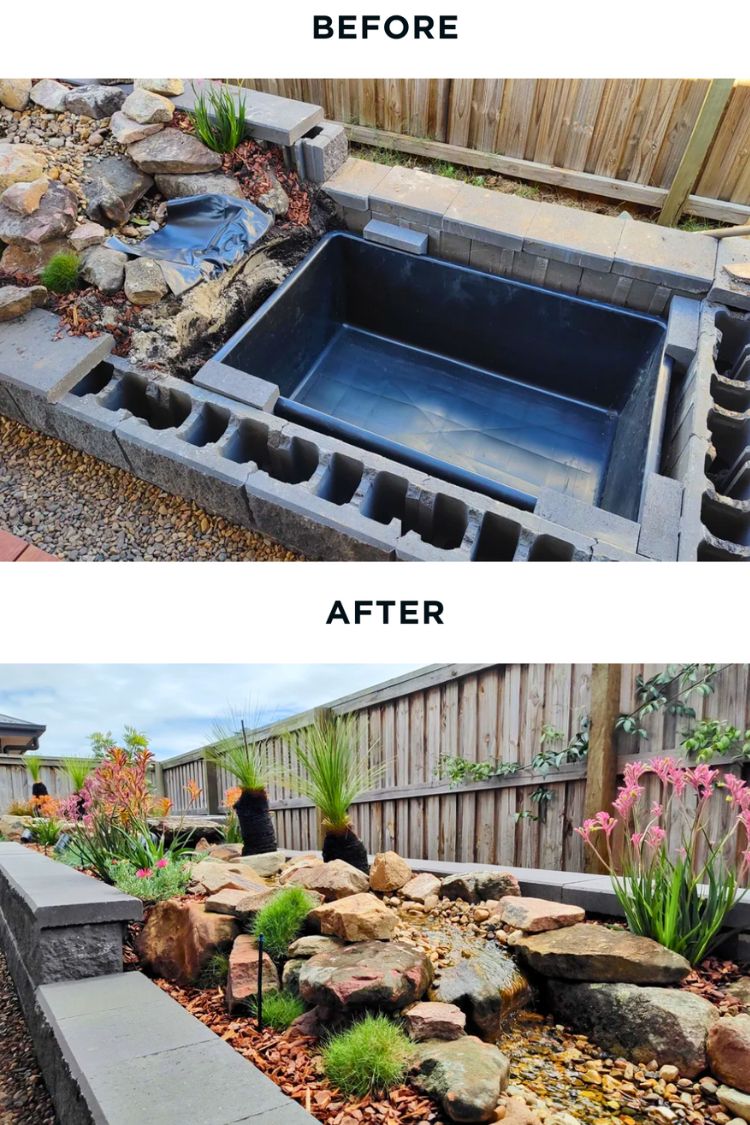
6. Concrete Edging
For those who love a clean, modern look, concrete edging is a great way to frame your garden while keeping everything neat and structured. It creates a crisp border between your pathway and garden, making both stand out beautifully.
And sometimes, when flowers spill over the edge and cascade onto the pathway like this, it adds a whimsical, storybook-like charm—proving that a little overgrowth can be a good thing!


7. Extra Tiles
No matter how carefully I plan a tiling project, I always end up with extra tiles! If you’re like that, instead of letting them collect dust (or worse, throwing them out), why not repurpose them as a unique garden border?
Using old tiles is a budget-friendly way to recycle materials and add a pop of color or texture to your garden. Whether you break them into pieces for a mosaic-style edge or line them up whole, they can give your garden a creative, unique look like this garden!
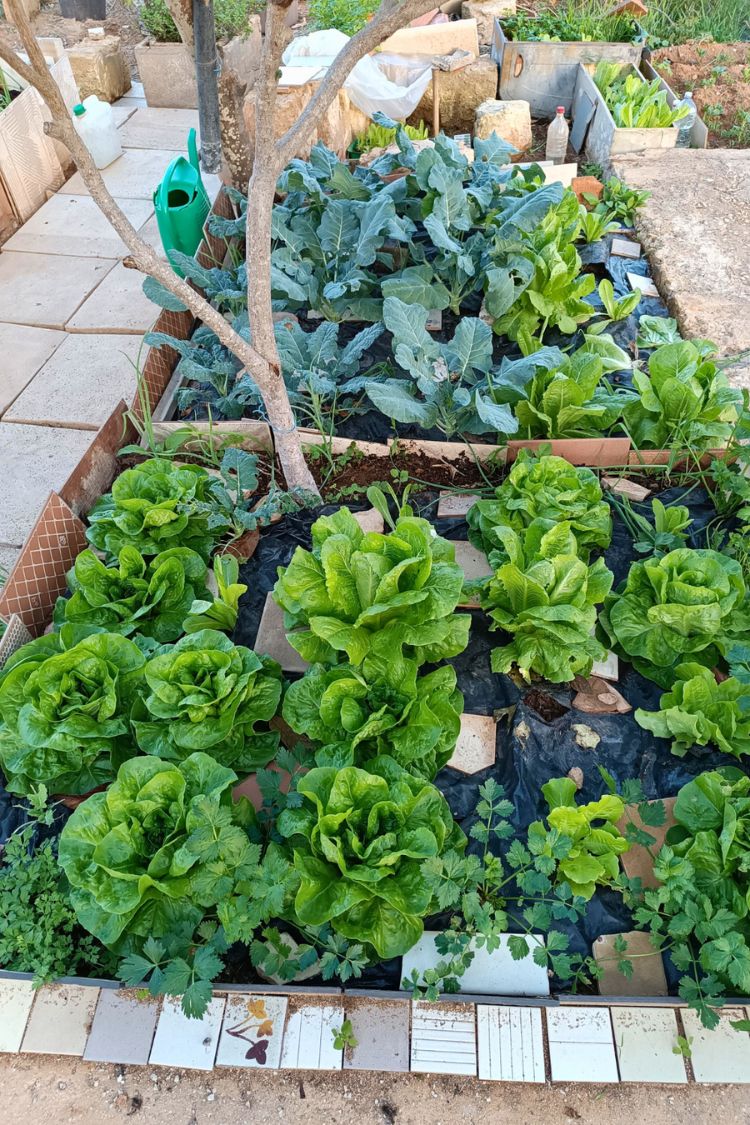
8. Fallen Limbs as Edging
If you’re tired of hauling away fallen tree limbs, why not put them to good use? I saw this idea from a gardener—they simply stacked the limbs as a natural garden border.
It’s a super easy, no-fuss way to edge your garden, and honestly, I’m loving the rustic vibe. Plus, it’s a great way to work with nature instead of against it!
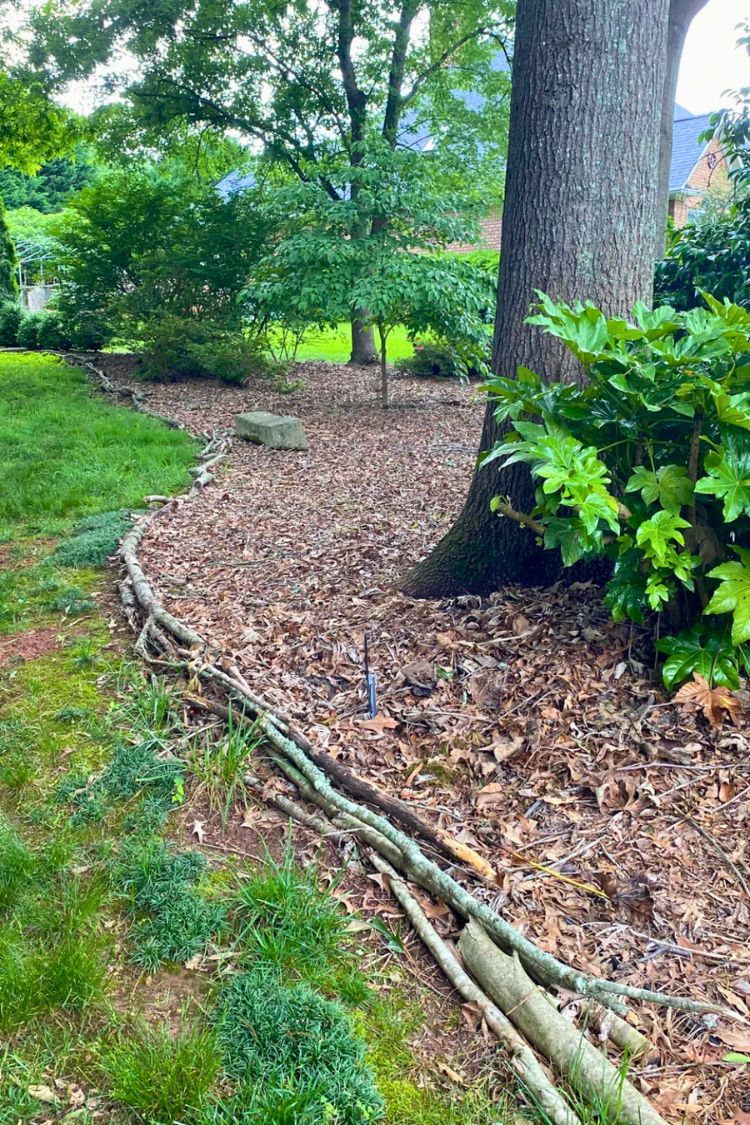
9. Pathway as Garden Edge (Multi-Functional & Space-Saving)
Sometimes, the best garden edging isn’t just about borders—it’s about creating a clear separation between spaces.
A gravel pathway, such as the one in Tim Pilgrim’s yard, can naturally divide separate garden areas.
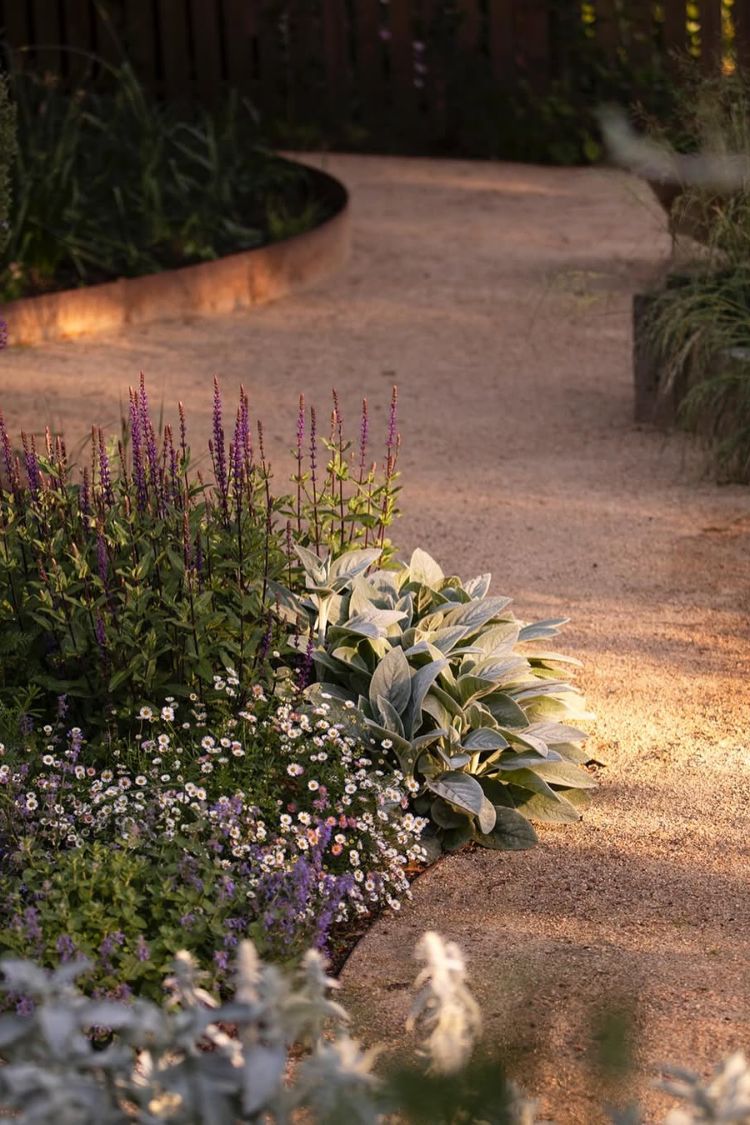
Or a stone pathway like Tim Pilgrim’s , if you prefer a different material.
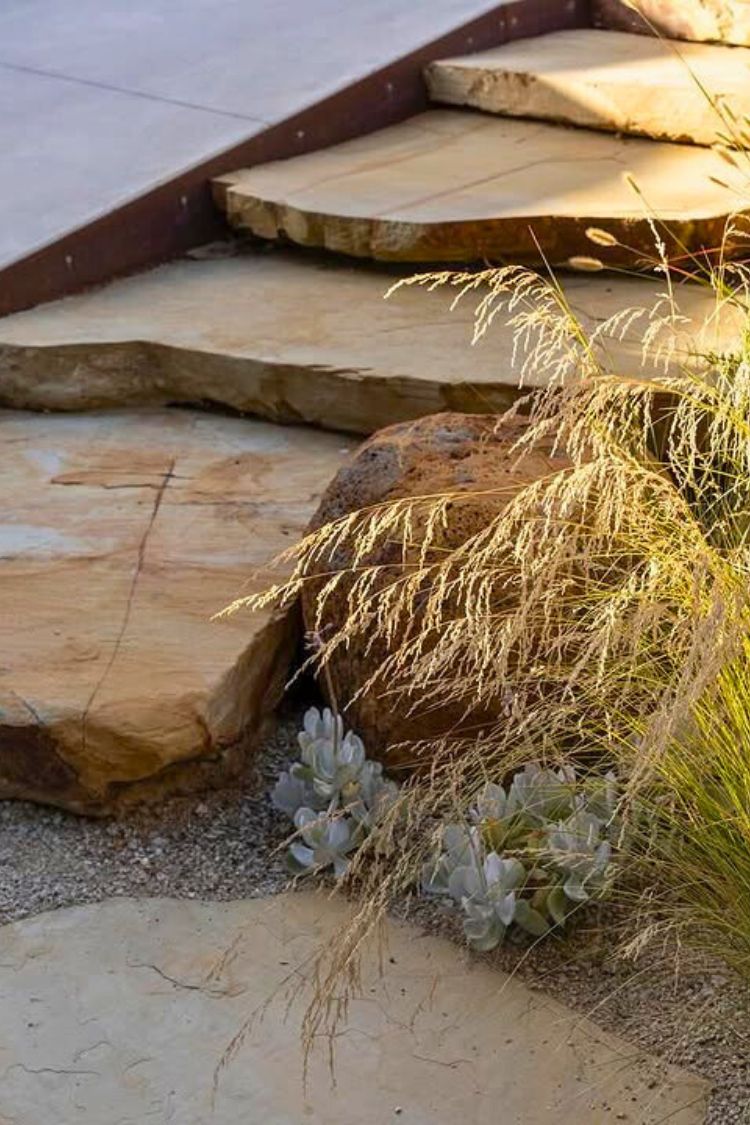
10. Stone Edging
If you want a garden border that never goes out of style, stone edging is the way to go. Whether you use natural stones or stack them for a more structured look, it adds a rustic yet elegant touch to your landscape.
These stones are super durable, your garden will keep that polished, natural look for years to come! Here’s a super stunning example for Mebunso
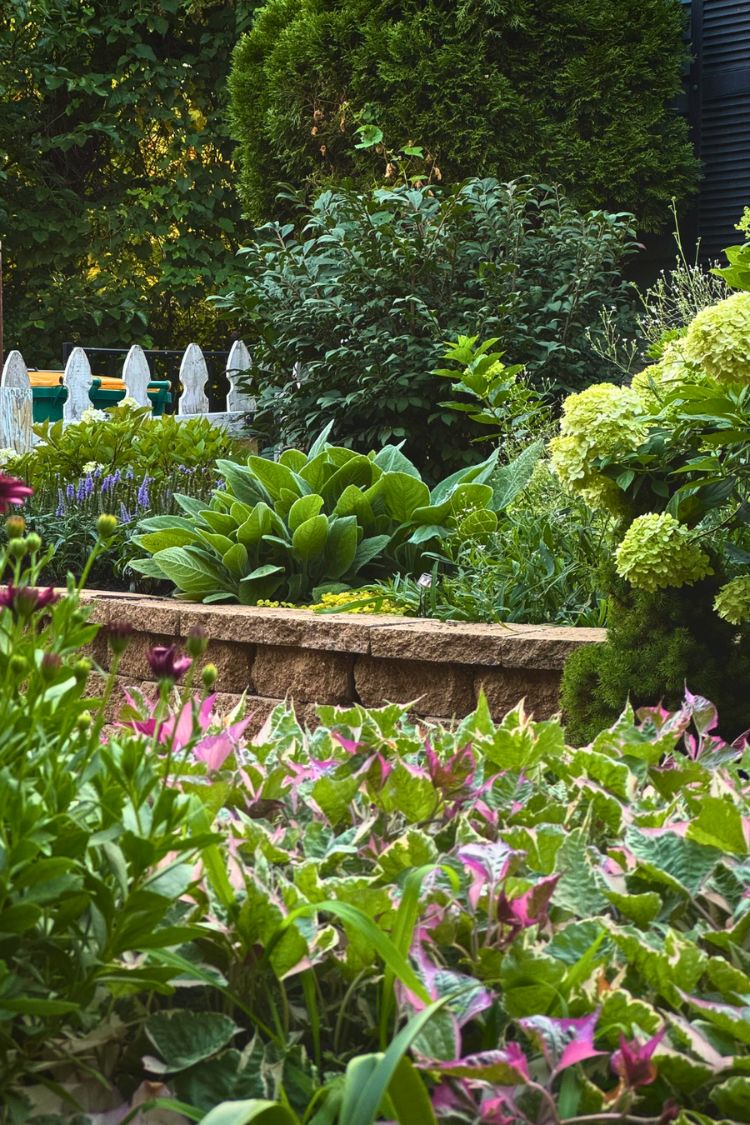
11. Steel Edging
Binh shared a great idea for edging vegetable raised beds—using steel panels! If you’re looking for a sleek, durable option that keeps garden beds neatly contained, steel is a fantastic choice.
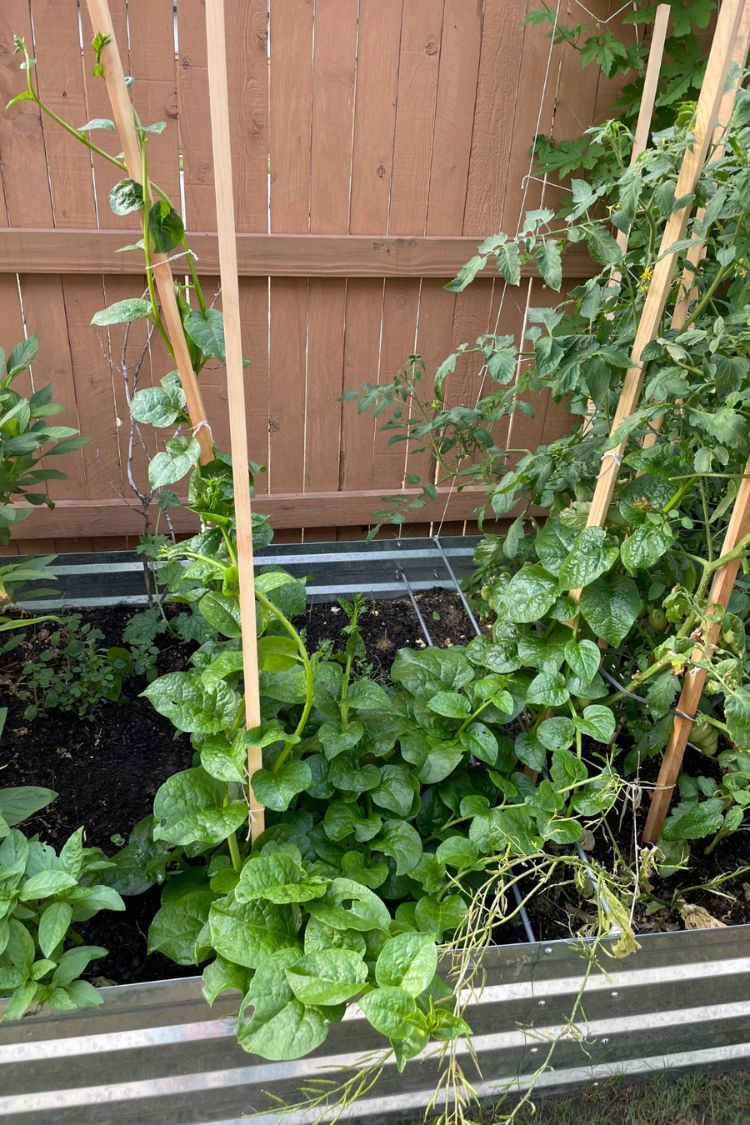
Here’s another option for choosing steel as your garden’s edge from Sara. But be careful; steel panels can have sharp edges, especially if they’ve been cut. Always wear gloves when handling them, smooth out any rough spots, and keep an eye on kids when they’re nearby.
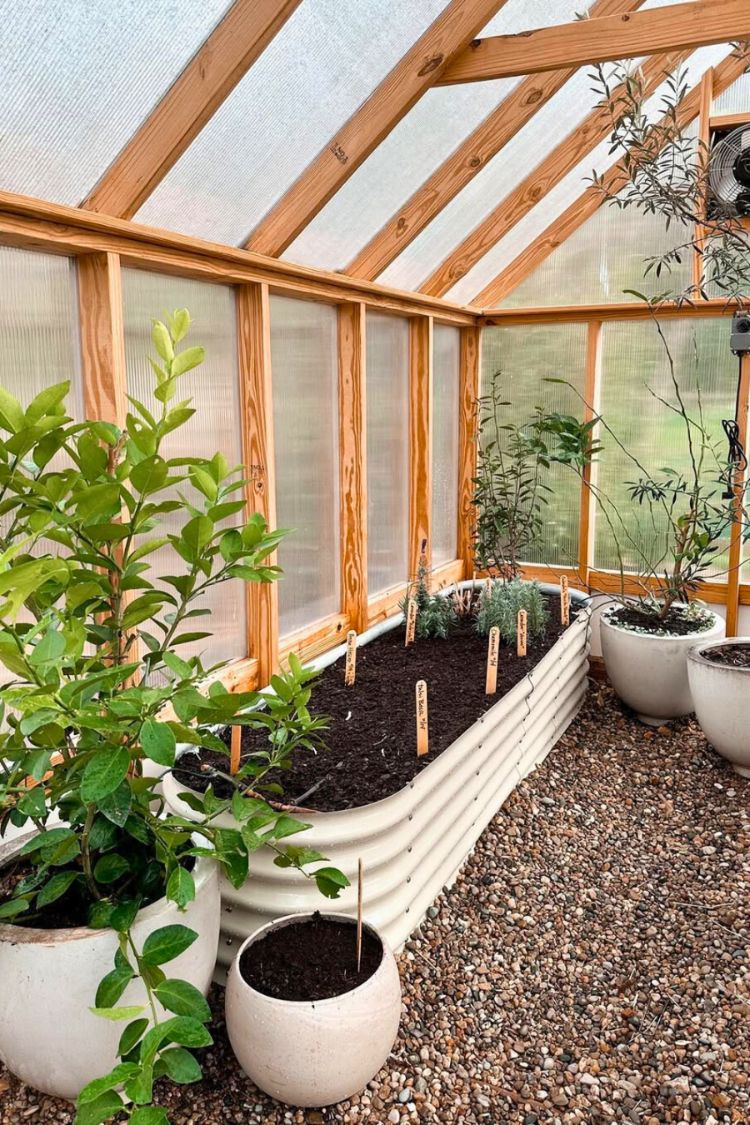
12. Siding Panels
It’s not common to see edging around a tree trunk, and for a good reason—if soil builds up against the trunk, it can slowly cause the tree to rot and die. But this guy put in the hard work to create a beautiful tree edging while leaving a gap to keep his tree healthy.
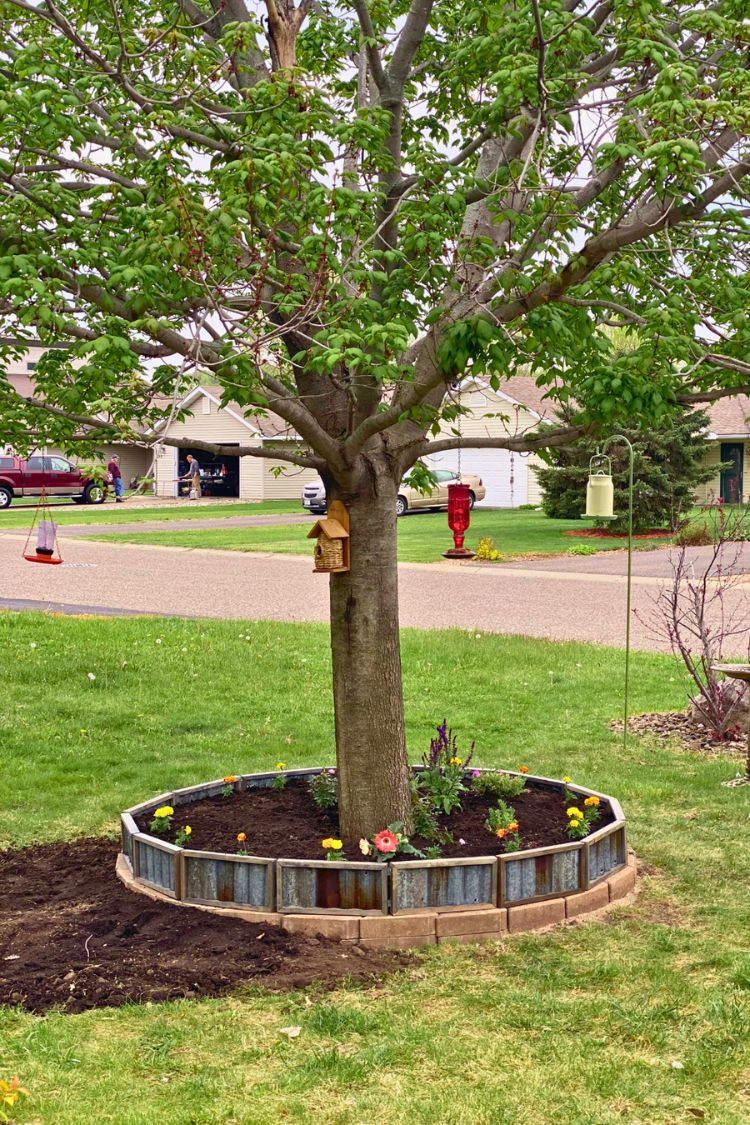
If you’re thinking about doing the same, make sure to check advice from professionals to see if your tree can handle it. A little research can go a long way in keeping your tree strong and your garden looking great!
13. Wood Edging for Raised Beds
Framing raised beds with affordable wood planks is an easy and budget-friendly way to keep your garden neat and organized like this garden from Sara. It creates a clean, defined look while also helping to prevent soil erosion.
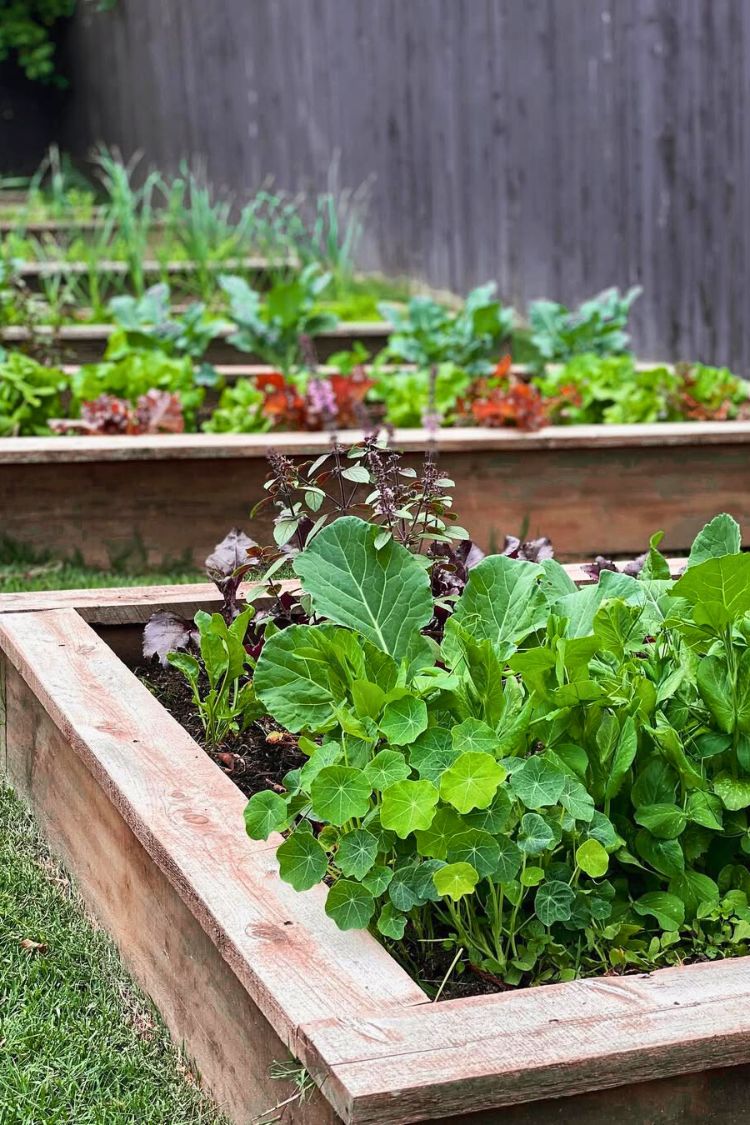
One thing I love about this method is that it’s an easy DIY project that may not require fancy tools or skills. Just grab some planks, secure them in place, and you’ve got a sturdy, natural-looking border for your garden beds!
14. Grass Edge
Looking for a simple way to keep your lawn looking neat and polished? Grass-edge borders do the job perfectly! They’re not just about aesthetics—they help maintain clean edges and keep your garden tidy.
I think it will require regular trimming and maintenance, but if you don’t mind a little upkeep, the results are totally worth it! Like this one
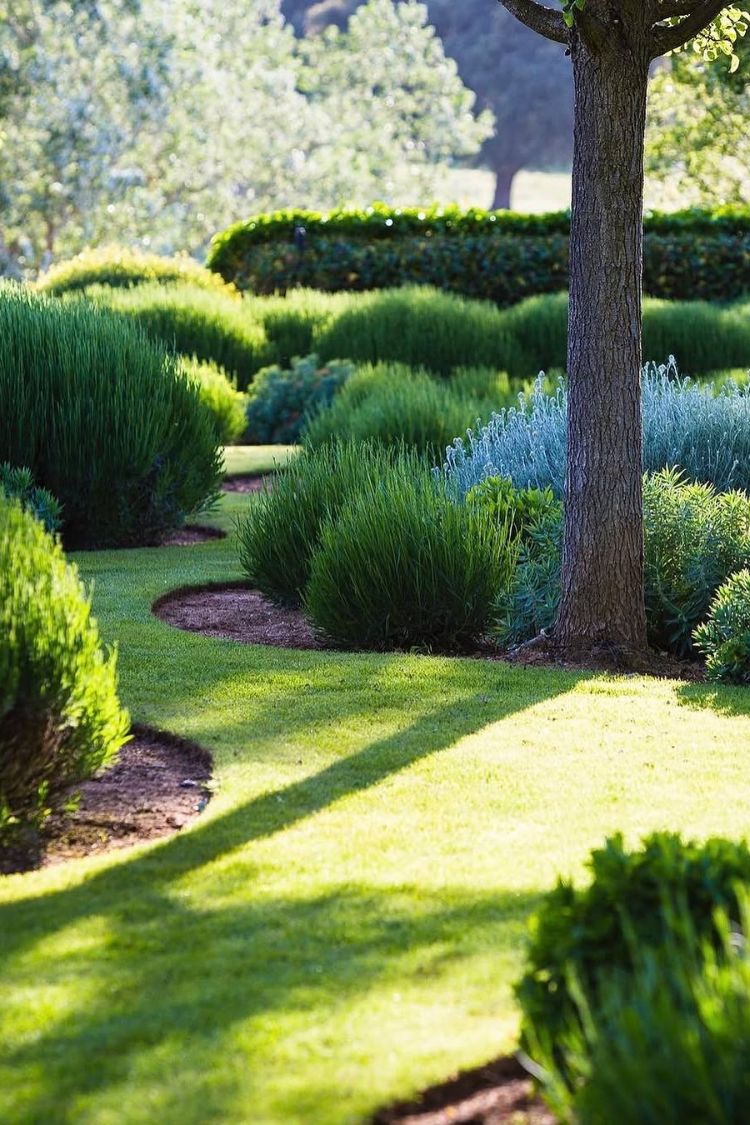
15. Faux Stone Edging
If you want your garden edges to look like stone but without using actual stone, several affordable and creative alternatives mimic the look of natural stone while being easier to work with.
One great option is concrete—it’s a smart and budget-friendly way to achieve that rugged stone appearance without actually using stone, like this garden. You can shape or mold it to mimic natural rock textures, giving your garden a polished, high-end look with much less effort. Plus, concrete edging is durable, long-lasting, and requires little maintenance!
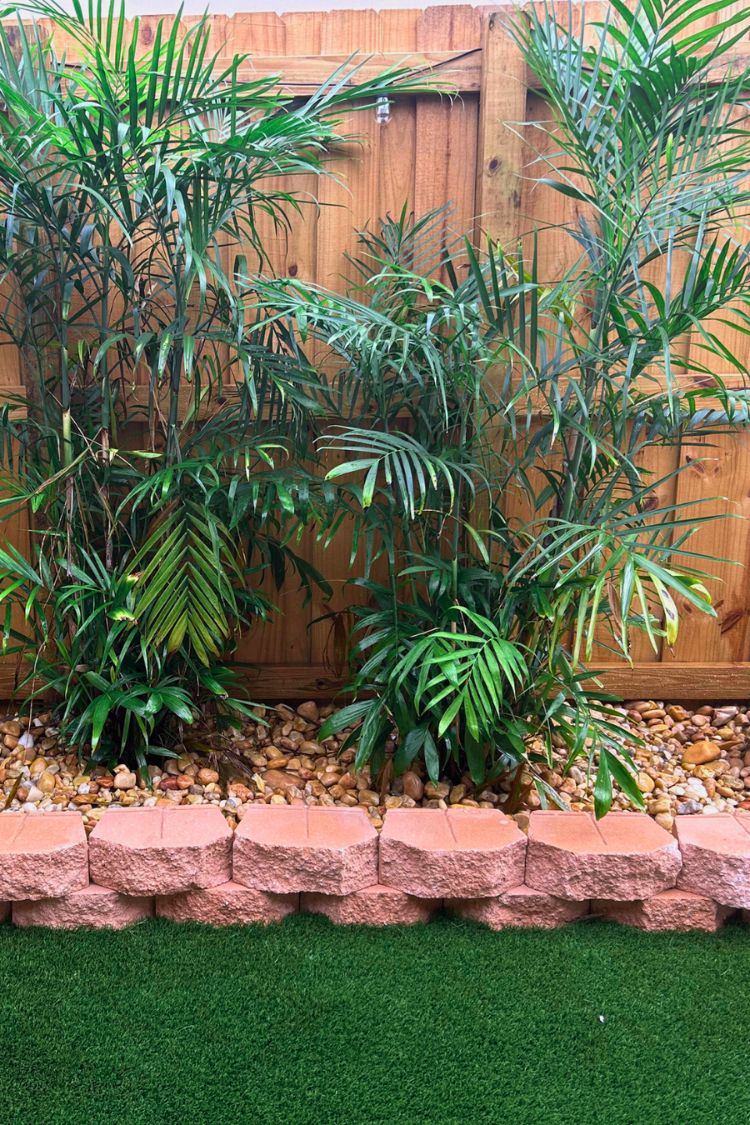
Final Thoughts
Creating cheap DIY garden edging is all about using what’s available while keeping functionality and style in mind. Whether you choose bricks, cinder blocks, or river rocks, the key is to align your edging with your garden’s purpose and aesthetic.
I get way too excited over soft lighting, thrifted finds, and rearranging furniture at 2am. I’m here for the cozy chaos, the little corners that feel just right, and making a home that feels like you. Not fancy. Just real.